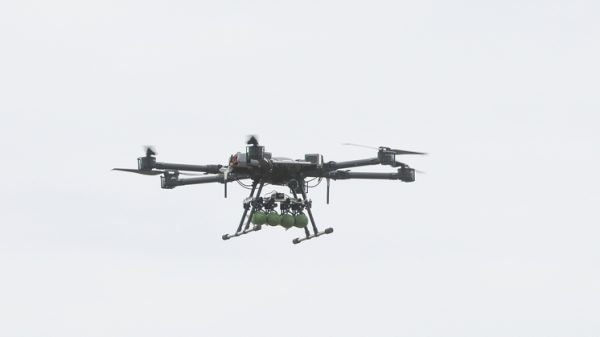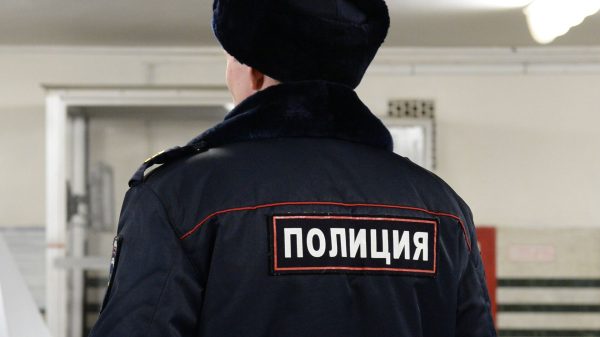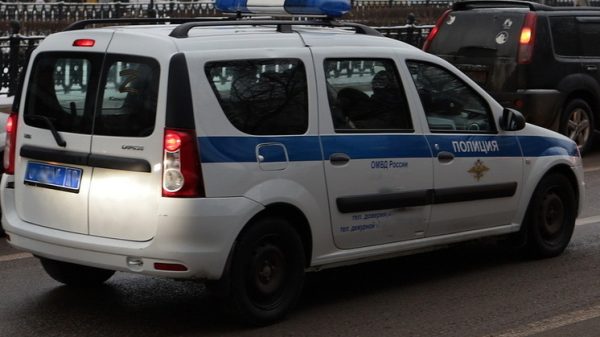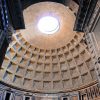Tyrian purple turned out to be a sensation in archaeology
A rare archaeological object was discovered in the English city of Carlisle. A unique dye, Tyrian purple, was discovered in the ruins of a Roman bath on the grounds of a cricket club. It was discovered for the first time in Northern Europe.

The find was made in the drainage section of a monumental structure believed to have been a Roman bath at the settlement of Luguvalium, dating back to the 3rd century of the Roman Emperor Septimius Severus.
Tyrian purple, known as «imperial purple», was an extremely valuable dye in ancient Rome due to its rich, vibrant color that was associated with imperial power, wealth and status. Producing even small quantities required many resources and labor-intensive procedures, as purple was made from thousands of crushed sea snails. This rarity and exclusivity meant that it was more valuable than gold, sometimes up to three times its weight.
Following its discovery, the pigment was further examined by specialists from Newcastle University and analyzed with the assistance of the British Geological Society. Analysis showed that the pigment contained high levels of bromine and beeswax, almost certainly proving that it was Tyrian purple.
This discovery is notable because this type of dye is rarely found in solid form: the dye used for paintings or on status coffins, like those discovered in Pompeii and Roman Egypt, is the most common form of Tyrian purple.
It is best known for being produced in the vicinity of the city of Tire in the Eastern Mediterranean, from which it gets its name. Tire is located in the territory of modern Lebanon. The dye was also produced in North Africa, as well as off the coast of Morocco.
Tyrian purple robes were worn by kings and emperors from Alexander the Great, Cleopatra VII to Charlemagne and the Byzantines. The dye was sometimes used to paint walls in stately public buildings, as well as in the homes and estates of the elite.
Wardell Armstrong technical director Frank Gekko noted the significance of this find, saying that for thousands of years Tyrian purple was the most expensive and desired color in the world. Its presence at Carlisle, combined with other excavation evidence, supports the hypothesis that the building was associated with the imperial court of Emperor Septimius Severus, which was based in York, and may have been related to the emperor's visit to Carlisle.
“Other evidence is a stone with an inscription to Empress Julia Domna, the date of construction of a monumental structure — one of the largest on Hadrian's Wall — coinciding with the campaigns of Emperor Septimius Severus in Scotland, as well as an ancient source which says that Septimius Severus was in Carlisle, and a high the quality of the objects found in the bath, the granting of civil status to the local capital of the Celtic tribe in Carlisle, which, in fact, is the beginning of the founding of the city,” says Gekko.


























































Свежие комментарии